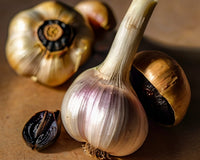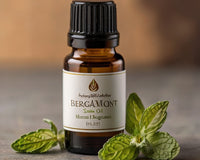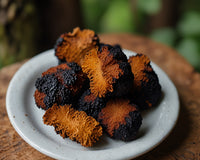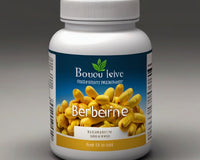The chemical formula of ammonium carbonate is (NH 4 ) 2 CO 3. It is a salt produced by dissolving carbon dioxide in liquid ammonia, and like table salt (NaCl), it can be in the form of a powder or translucent crystals. Additionally, like table salt, it is highly soluble in water.
Application of ammonium carbonate in baking
When heated, ammonium carbonate quickly degrades into carbon dioxide and gaseous ammonia, which is why bakers have traditionally used it to ferment baked goods. The Greeks have used it for centuries to produce koulouria, a sweet bread made with honey and sesame seeds.
Fainting – or smelling – salt
Ammonium carbonate is an irritant to the respiratory system, so it has traditionally been used as a method of resuscitating people who have passed out. This is done by placing a scented salt shaker under the nostrils of the person who is passing out. The feeling of inhaling ammonium chloride is so shocking that it makes people "aha".
The practice of using ammonium carbonate as smelling salts may date back to the 19th century, but before this practice was established, people used ammonium chloride (NH 4 Cl), also known as salt ammonia. By itself, ammonium carbonate is called hartshorn salt because it is made from shavings of deer antlers.
Using ammonium carbonate for fainting salts is not without disadvantages. New Jersey lists ammonium carbonate as a hazardous substance and warns it can cause coughing and shortness of breath. May cause cancer with repeated use.
Ammonium carbonate in smokeless tobacco products
Smokeless tobacco, or snuff, has a long history of use and remains popular today. Some commercial recipes include ammonium carbonate as an ingredient. It is added primarily to raise the pH of the tobacco mixture, thereby increasing the amount of nicotine available for absorption by the body. This is an ironic choice for an ingredient in an inhaled product, considering ammonium carbonate is so irritating to the respiratory system that it has been used to wake people who have fainted and can even induce vomiting.














